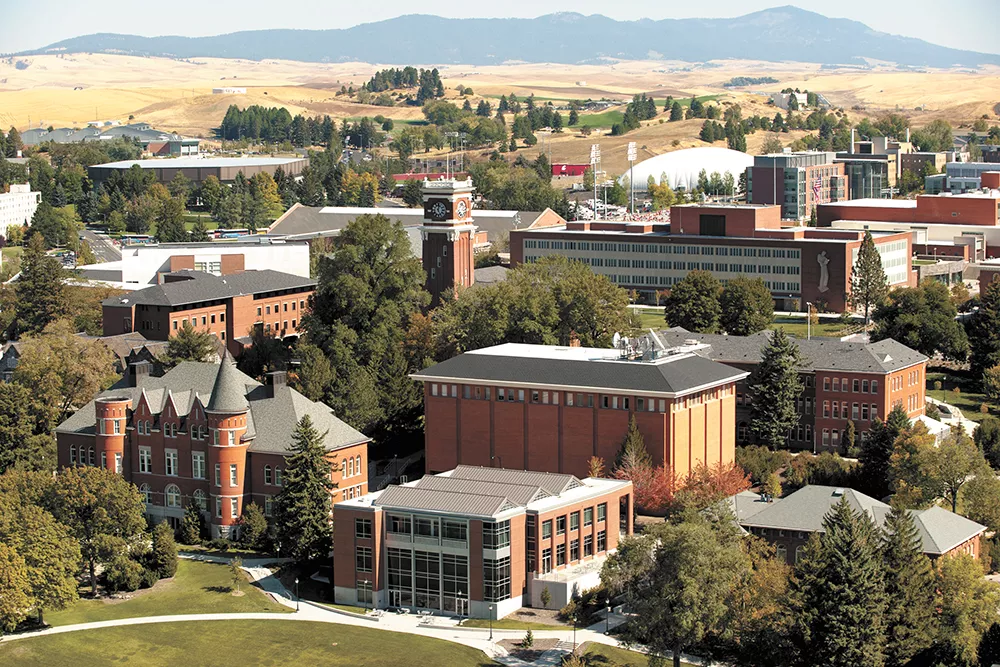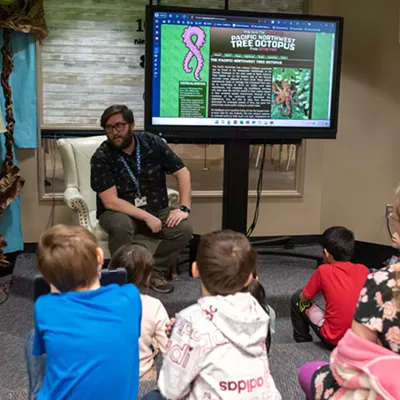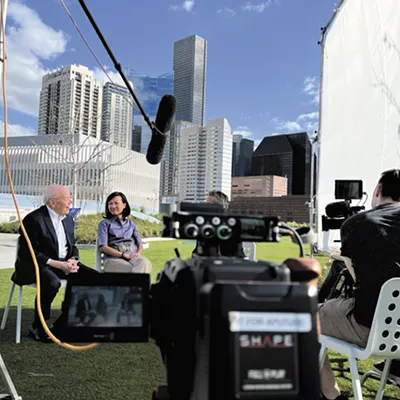Higher education has largely resisted changes to its delivery model for decades, even as market forces were sending strong indicators that students were being priced out of educational opportunities or so debt-ridden obtaining a degree that the value of the degree was diminished. Couple that with the defunding of higher education at the state level and a heavy dose of COVID-19 economic challenges, and industry disruption has arrived. Universities and colleges would be wise to take this time to shape a vision of who they are going to be, not who they have been, to meet the educational needs of current and future students.
To do this, administrators, trustees and faculty must get off campus and take a serious look at the employment environment, industry trends and regional business clusters, and pair those to the college's assets and the learning opportunities students are looking for. In the end, employers are looking for skilled employees and students who want jobs. Aligning the two will create value for both.
COVID-19 has already accelerated one aspect of the industry disruption, the movement toward multiple modalities of learning. Some students prefer the on-ground experience, and, as a professor, I do, too. But the online and hybrid classes in recent years are always the ones to fill up first, and after this spring this trend will likely be even more prominent. Online classrooms allow students to learn what they want when they can within their schedule. Not on the school's schedule.
COVID also exposed a long-known truth that college campuses of yesterday are not very efficient for the learning outcomes of tomorrow. Brick-and-mortar classrooms are expensive to build and maintain and largely sit empty more than 60 percent of the time. We do not need to build another building for quite some time. Update the existing and invest in learning technology.
All higher education institutions like to claim they are "student-centric," but most are still working off decade-old systems of support. Nowhere is that more evident than career placement upon completion. Yes, some students unrealistically think they are graduating right to the CEO office, but they should have some expectation of employment if they have chosen a high-demand degree area. To differentiate themselves from other schools and for future students, schools would be well served to make this a priority area.
Make higher education affordable again. The cost-shifting to students began in the early 2000s and then became standard practice at state levels during the Great Recession — all hidden by the vast amount of student loans available. Those days are over and students are going to demand the value of the education and its cost be closely aligned. The institutions that get ahead of this will win and those who do not will have to merge or close.
The last critical area is how to allocate a college's overall budget. Historically, when budget cuts arrive at a higher education campus, the internal battle of allocating those resources begins with robust conversation about the future, departmental positioning, and almost always ends with an across-the-board cut to keep the peace. Schools will need to be strategic this time. They must align their limited resources to the vision of the school they are going to be, not what they have been. ♦
Michael Allen, a business and entrepreneurship professor at Spokane Community College, is a former associate athletic director at Eastern Washington University. A longtime Republican, he previously served six years on the Spokane City Council.





















